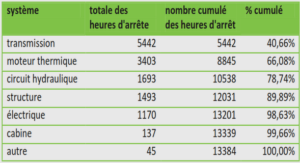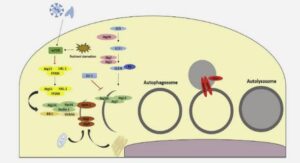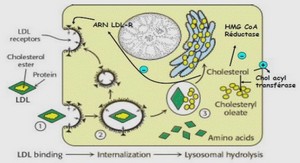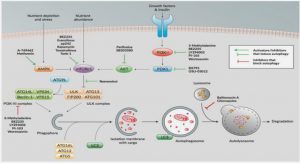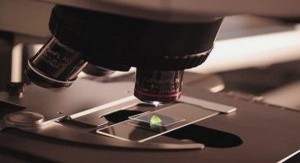UV-C et tomate
Cette annexe 5 est présentée sous forme d’un article de résultats soumis au Journal « Fruits » (Figure 85). Figure 85 : Article de résultats UV-C et tomate. 1. Summary UV-C light treatments have been shown to be very effective in reducing the development of diseases in several species, including tomato (Solanum lycopersicum L.). Treatments during the cultivation of tomato plants with UV-C light can offer an interesting potential not only for its disinfecting effect but also because it can stimulate plant defenses (SPD) against diseases, provided that the applied doses are high enough to be effective and low enough to exclude any deleterious effect. The effects of UV-C light were evaluated by histological observations and biochemical analysis, including the concentration of malondialdehyde (MDA), an indicator of membrane integrity, as well as by Annexe 5 324 chlorophyll fluorescence parameters such as the maximum efficiency of the photosystem II (Fv/Fv) and the Strasser performance index (PI). In this work, treatments with single doses of 0.85 kJ/m² or 1.70 kJ/m² of UV-C light were found to significantly increase the plants defences against Botrytis cinerea by reducing the affected leaf area by 51 % when compared to the control. This decrease in sensitivity is related to an increase in the activity of antioxidant enzymes such as glutathione reductase (GR), catalase (CAT) and ascorbate peroxidase (APX).
Plant material
The plant material was produced in February 2017 and tomato seeds (Solanum lycopersicum L.) of the variety ‘Monalbo’ were used. Germination trays containing moss peat (Klasmann TS3 Standard 425) were used for sowing and the development was carried out under glass (temperature: 24°C day, 16°C night, photoperiod: 16 hours light and 8 hours dark). The plants were then transplanted into 20 L pots, which contained the same type of substrate used for planting. Irrigation was carried out automatically twice a day, following evapotranspiration calculations, throughout the growing cycle. b. UV-C treatment of plants Plants to be treated were placed in a chamber equipped with 5 UV-C lamps (wavelength 254 nm, Spectroline, model ZQJ-254, output 300 mW/cm², USA). They were places at a distance of 30 cm to the top lamps. The UV-C irradiation was recorded by means of a spectroradiometer (Data Logging Radiometer PMA 2100, Glenside, USA) and doses were obtained by modifying the exposure time. We found that a period of exposure of 16 s gives a dose of 0.40 kJ/m², a period of 31 s a dose of 0.85 kJ/m² and a period of 62 s a dose of 1.70 kJ/m². Single treatments were performed 48 hours before inoculation. Non-treated plants served as a control. c. Chlorophyll a fluorescence We analysed energy and electron fluxes in and around photosystem II, using the approach developped by Strasser et al. (2000) as a mean to evaluate the impact of UV-C treatments on the photosynthetic machinery, notably potential damage (Ripoll et al., 2016). A Pocket PEA (Plant Efficiency Analyser, Hansatech Annexe 5 327 Instruments, Kings Lynn, UK) portable fluorometer was used to generate induction curves of maximal chlorophyll a fluorescence on leaves dark-adapted for 30 min (Strasser et al., 2000). The flash of saturating light had an intensity of 3500 μmol photons m-2.s-1 . We notably calculated PIABS, the so-called Performance Index of Strasser (Strasser et al., 2010). PIABS, is a multiparametric expression of three independent steps contributing to energy capture and conversion, namely RC/ABS, FV/F0 and (1-VJ)/VJ. We also determined F0, Fm, Fv, Fv/Fm, Sm, N, Vk, Mo and PIABStotal (see Ripoll et al., 2016 and Urban et al., 2017 for details). Measurements were performend before and after 48 hours of plant exposure to treatments. Measurements were made on 15 leaves per treatment.

